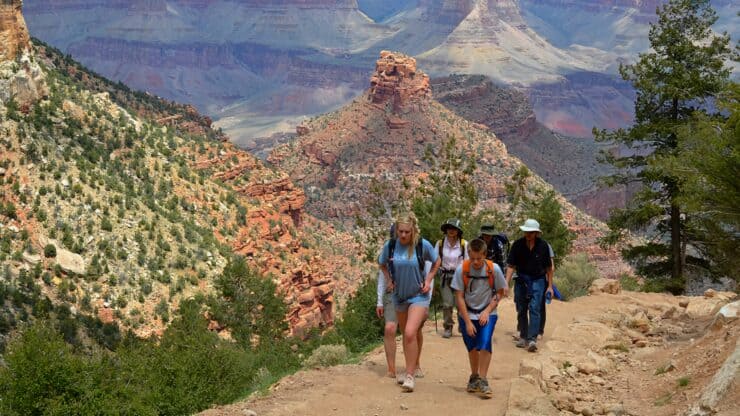

Grand Canyon Hiking Tips
Planning a hiking trip to the Grand Canyon can be intimidating. There are a lot of trails and if you're not familiar with the area, it can be confusing. This Grand Canyon hiking tips guide will arm you with everything you need to know to get some epic hikes when you're staying at the Grand Canyon. You can see a list of all the Grand Canyon hike guides here.
- Planning Your Grand Canyon Hikes
- Working With Grand Canyon Weather
- Trail and Gear Tips For Your Hikes
- Understanding the Grand Canyon Scenery
Planning a hiking trip to the Grand Canyon can be intimidating. There are a lot of trails and if you're not familiar with the area, it can be confusing. This Grand Canyon hiking tips guide will arm you with everything you need to know to get some epic hikes when you're staying at the Grand Canyon. You can see a list of all the Grand Canyon hike guides here.
Grand Canyon Planning Tips
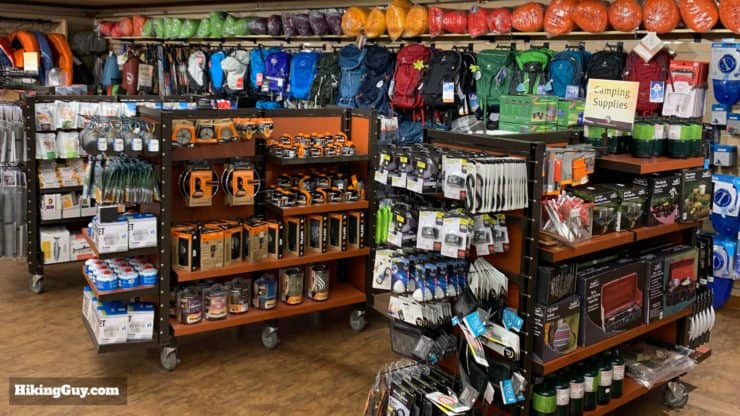
- The Grand Canyon is really two parks, the South Rim and the North Rim. They are separated by about 11 miles across the canyon, but you can't drive through the canyon. To drive from the South Rim to the North Rim is about 4 hours. The North Rim is actually closer to Zion National Park and Las Vegas. If it's your first time visiting the Grand Canyon, the South Rim is your best bet.
- Give yourself at least 3 days to visit the South Rim if you want to see the sights and get some hikes in too. Take a day to drive the South Rim and mix in the Rim Trail to Bright Angel hike to stretch your legs. Then take two days to hike.
- Use the shuttle buses to get around the South Rim, especially in the summer.
- Your best bet is to try and stay in Grand Canyon Village, but the accommodation fills up quickly. El Tovar is the fanciest option. You can also camp which is the most affordable option.
- If you can't get lodging in the Grand Canyon, go 10 minutes outside of the park and stay at Tusayan (pronounced too-say-ohn) which has some chain hotels and off-brand hotels. The off-brand hotels are often just as clean and nice as the chains. There's also a free shuttle into the park from Tusayan.
- If you are doing a last-minute trip, call the reservations number at 730am on the day you wan to stay. There are often last-minute cancellations.
- Buy a National Parks Pass which is good for entry of your whole car (and all passengers). You can use the pass to enter and park at all USA lands (National Forests, Statue of Liberty, etc.)
- You can rent and buy hiking gear at the Grand Canyon Village Market.
- If you are buying food the Grand Canyon Village Market has a great selection. I find it better than the supermarkets in Tusayan.
- Cell phone reception in the park is so-so around the Visitor's Center and lodges, but otherwise non-existant. Same with WiFi.
- Check the Grand Canyon National Park Updates Page - sometimes roads close, water is turned off, trails are impassable. This page will let you know what the current conditions are.
- Everyone asks, so here you go:
- Best Sunrises: Yaki Point, Maricopa Point, Powell Point
- Best Sunsets: Pima Point, Mohave Point, Hopi Point, Yaki Point
Grand Canyon Weather Tips

If you're used to seeing the Grand Canyon on TV and popular media, you've probably got an image of a sandy desert with cactus in your mind. But the Grand Canyon is a little different.
- Understand that the average elevation at the South Rim is 6,800 feet (about 2,070m), which is higher than any mountain on the East Coast of the USA. It can be colder than you expect at the Rim, even in the summer.
- The North Rim is closed in the winter because of snow and winter weather. It has gone down to –22F (-30C) here in the winter and there's been almost 23 feet of snow over a season.
- The South Rim can get snow and ice from September to June. When there is snow and ice on the trails, it's best not to hike unless you've already got experience on the trail and experience hiking with crampons or micr0-spikes.
- Here's how to check for snow on your hike.
- In the summer the South Rim can also get very hot, with highs in the 90F range.
- As you descend into the canyon, the temperature rises about 5.5F (about 3C) for every 1,000 feet (305m) that you go down.
- Hiking at the bottom of the canyon during the summer months is not safe. The highest temperature recorded at the bottom is 120F (49F). You will likely die if you hike in these temperatures.
- Like most deserts, in average conditions the Grand Canyon gets very hot during the day and very cold at night.
- May and June is the sweet spot to visit the South Rim. It's often dry and cool. Late August / early September is the best time to visit the North Rim.
- In the summer and fall (July-September) there is a "monsoon season" where you can get severe thunderstorms and flash-flooding. The Grand Canyon is a magnet for lightning (about 25,000 strikes a year) and dry streams can turn into raging rivers. Don't hike if a thunderstorm is forecast.
- Grand Canyon National Park has a page with all the weather conditions on it here.
Grand Canyon Hiking Tips
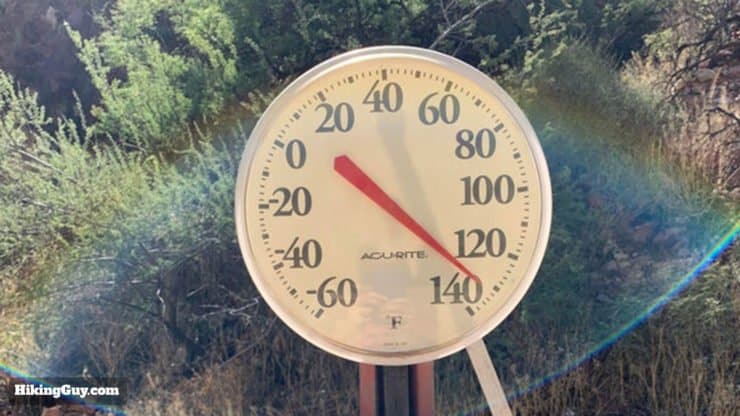
I'm a professional hiking guide who's hiked hundreds of miles in the Grand Canyon, and I'm still constantly amazed by how spectacular and tough hiking here is. Here are some tips to make sure you have fun and stay safe on your hike.
- Everyone always underestimates how hard it will be to hike back out of the canyon. It's easy going down but hard going up.
- Plan on going down at about double the speed that you will climb out. Most folks go down at about 2-3 mph and climb out at 1-2 mph.
- It's (mentally and physically) harder to do the climb out after doing hike in. Normally people hike up a mountain and then cruise down. This is the opposite.
- The elevation and temperature extremes will take more out of you than you think.
- As the rangers like to say, there's no shuttle bus from the bottom of the canyon to the top. Do a hike that's easier than you think you can handle. It's your responsibility to get out. There are no helicopter evacuation for being tired.
- Don't hike to the river and back in one day unless you've got a lot of experience hiking in the Grand Canyon and top fitness.
- Take some energy gels with you in case you need a pick-me-up on the way back up. Gels are generally easier to put down when you're exerting yourself or are very hot.
- Take small steps and avoid getting your heart rate way up. Take breaks when if you get winded.
- You don't have to hike into the Grand Canyon; there are some great easy hikes up along the rim too.
- If you are hiking into the Grand Canyon for the first time, choose a (very well-maintained) corridor trail like Bright Angel or South Kaibab first. Leave the more primitive trails for when you have more experience.
- When looking at climbing (in feet) on trails, use the fact that the Empire State Building is 1,250 feet to help you gauge the effort. So a climb of 1,000 feet or so is similar to climbing about 80% up all the steps in the Empire State Building.
- You can get away with fitness clothing and a backpack on most hikes, but if a hike is moderate to hard, I'd recommend using proper hiking gear including trekking poles.
- Having a satellite communicator will help you address any problems you may have on the trail.
- Bring more water than you think you need. Bring more snacks than you think you need. Check the park updates page for any water closures.
- Don't over-drink; just drink when you are thirsty. You can actually die from drinking too much water.
- Leave at sunrise to avoid the crowds. Trails start to get really crowded around 8am.
- When it's hot out, don't hike between 10am-4pm. A majority of the injuries at the Grand Canyon are from heatstroke and heat exhaustion, which are entirely preventable.
- If you do end up hot on the hike, dump water on yourself. This will keep you cool and help avoid any heat-related injuries.
How To Stay Safe
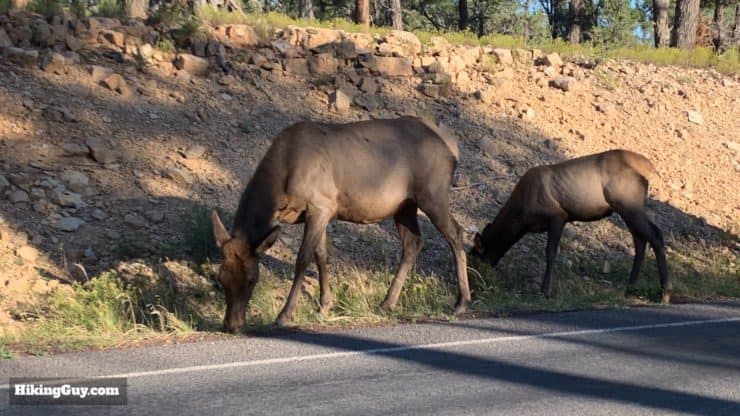
While the Grand Canyon is a harsh environment, it's a relatively safe one for hikers. Most deaths are entirely preventable.
- About 10-20 people die every year at the Grand Canyon. That includes traffic accidents, natural causes, suicides, and everything.
- In recent years more people have died by taking selfies at the edge and falling. Stay on the official trail at all times and you'll be fine.
- Some hikers have tripped and fell off a cliff. Use trekking poles and stay focused on the trail. It can be easy to let your mind wander when you're cruising down the trail into the Canyon. Don't hike when there is snow or ice.
- Heat is probably the biggest culprit when it comes to trouble for hikers. If it's very hot out, don't hike. When temperatures are over 100F in the Canyon, the radiant heat from the walls can get up to 140-150F, Your body won't be able to cool itself and your organs and brain will literally cook in your body. Not a good time. If you're in doubt, call or visit the Rangers and ask for advice. They will be able to tell you which trails are shady based on when you want to hike (and the time of year).
- Don't worry about mountain lions or rattlesnakes attacking. More people get bit by rock squirrels at the rim (really).
- Don't approach wildlife and give it a wide berth.
- If you encounter mules on the trail, they always have the right-of-way. Stand against the cliffside of the trail and follow instructions from the mule handler. If you are stuck behind them, keep your distance until (and if) the mule handler lets you pass.
- The hikes that I recommend in my guides are wide and safe. I don't recommend any hikes that involve risking your life (ever), although it's easy enough to die anywhere with enough negligence.
Quick Grand Canyon History
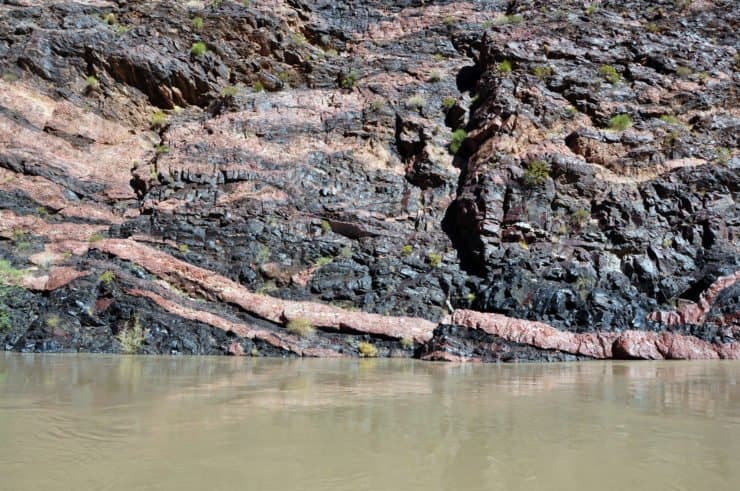
A little context and history will go a long way when visiting the Grand Canyon.
- The Colorado River (and the streams feeding it) carved the Grand Canyon about 6 million years ago.
- The Grand Canyon is a mile deep at some points.
- The rocks at the bottom of the Canyon (where the river carved the deepest) are 1.8 billion years old.
- Native Americans have lived in the area for over 4,000 years. The Grand Canyon is a natural boundary and 11 different tribes lived in the area.
- Although Spanish conquistadors first reported seeing the Grand Canyon in 1540, it wasn't until the mid-1800s that miners started moving into the area.
- The exposed layers of rock made mining (relatively) easy, but miners had to get up and down the Canyon still. You can get a glimpse into their world by hiking the 1890s Grandview Trail to an abandoned mine.
- In 1869 the Smithsonian sponsored a trip through the Grand Canyon by John Wesley Powell. The expedition took photos and documented the area, making it a hip new place that people wanted to visit.
- Tourists started pouring in when the railway to the Canyon was built in 1901.
- In 1908 Teddy Rooselvelt made the Grand Canyon a National Monument. “Let this great wonder of nature remain as it now is. You cannot improve on it. But what you can do is keep it for your children, your children’s children, and all who come after you, as the one great sight which every American should see.”
- In 1919 it became a National Park and today over 6 million people a year visit. Sometimes it feels like all 6 million of them are there with you.
Need More Info?
- Have a question about the guide or want to see what other people are saying/asking? View the Youtube comments for this video. Leave a comment and I will do my best to respond.
 Hike Skeleton Point
Hike Skeleton Point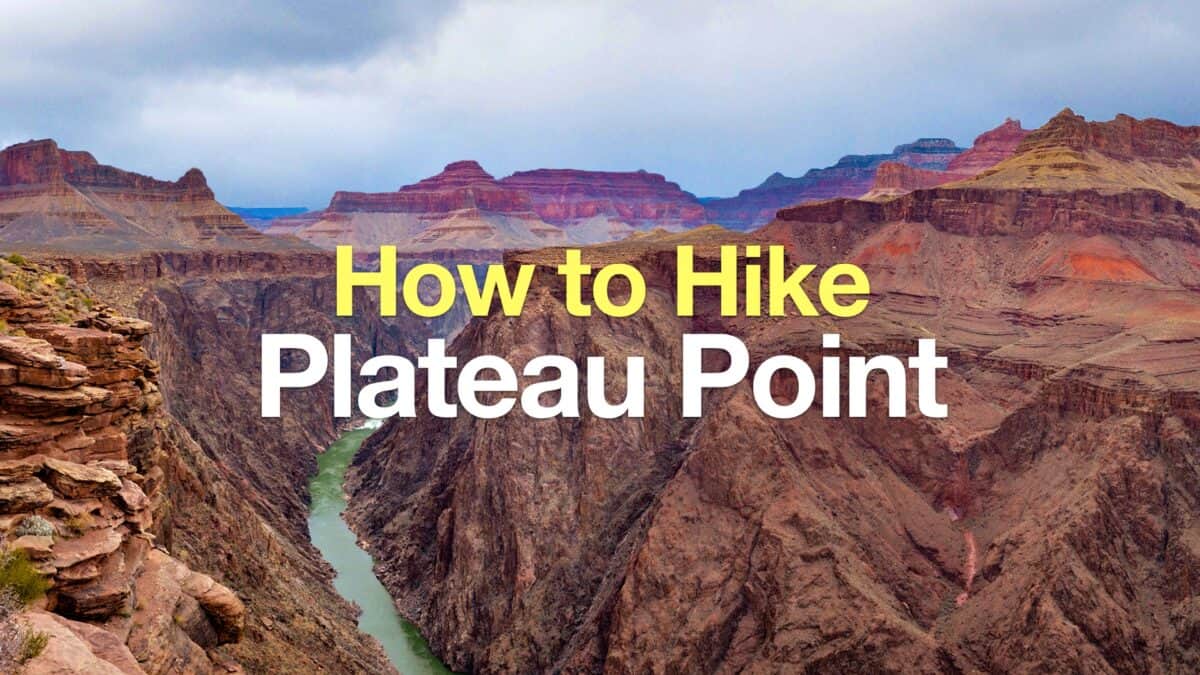 Bright Angel Trail to Plateau Point Hike
Bright Angel Trail to Plateau Point Hike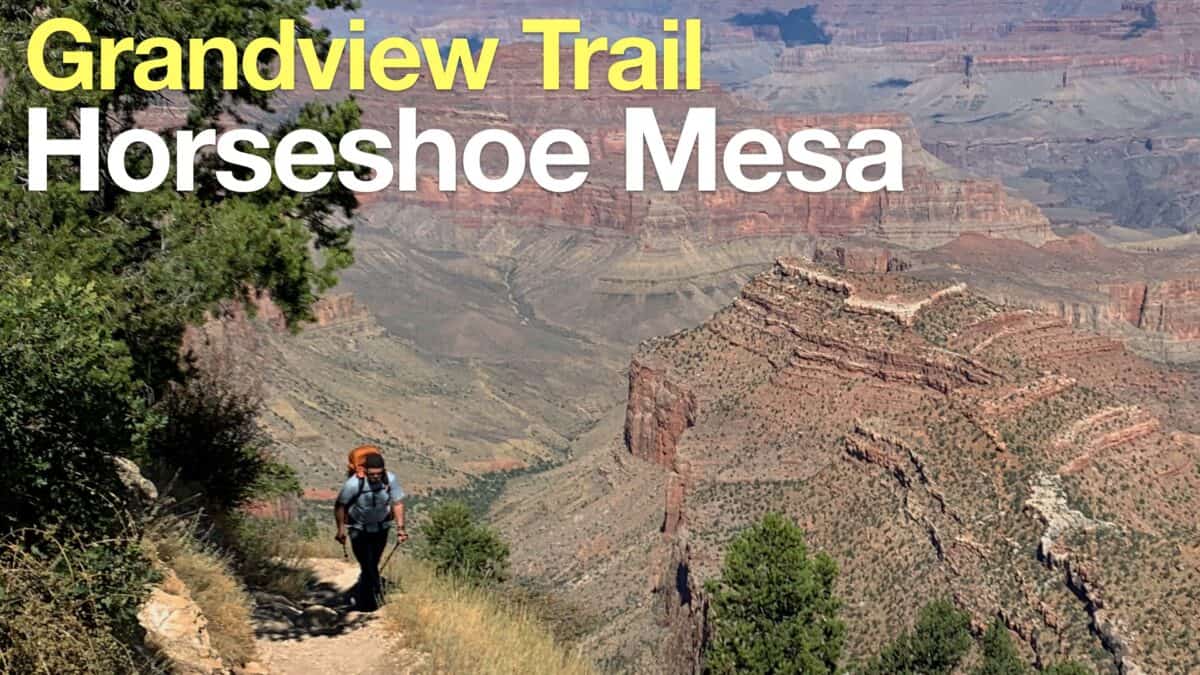 Grandview Trail To Horseshoe Mesa Hike
Grandview Trail To Horseshoe Mesa Hike Grand Canyon Hikes
Grand Canyon Hikes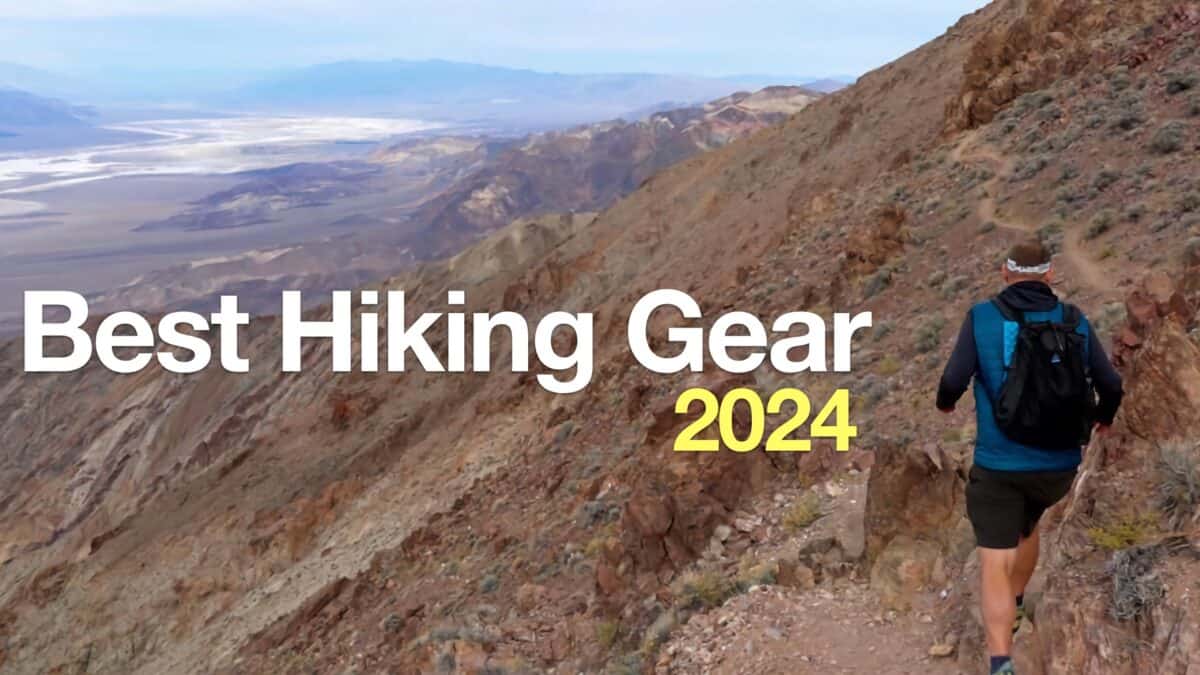 Best Hiking Gear 2024
Best Hiking Gear 2024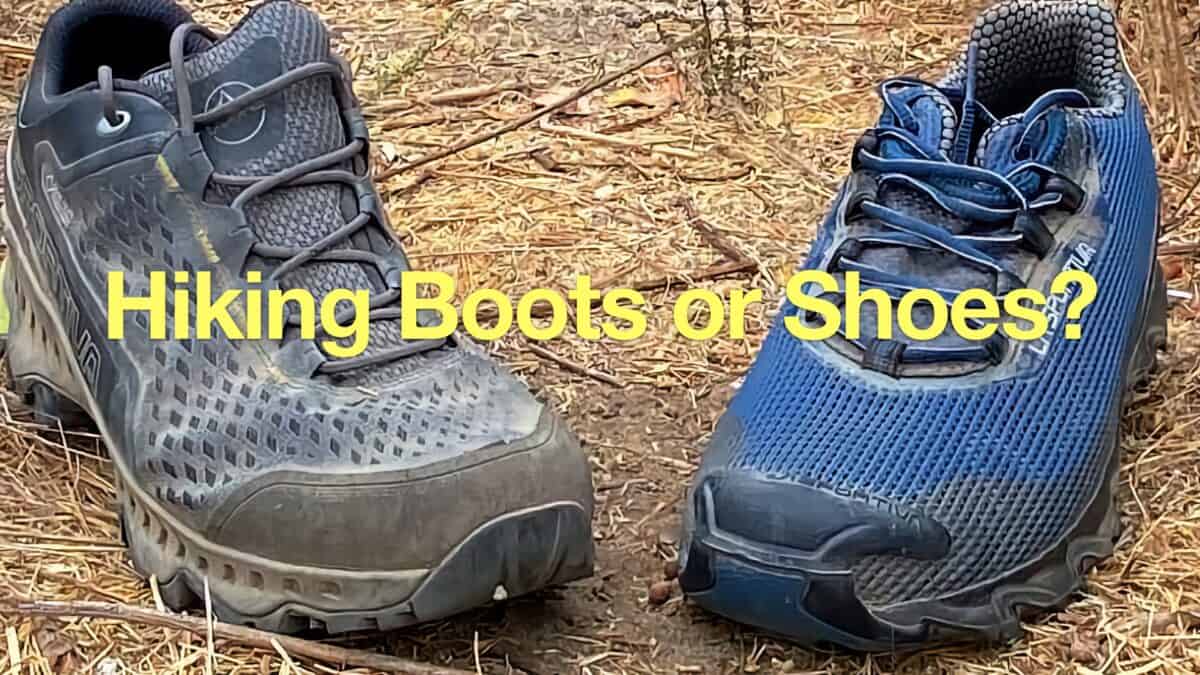 Hiking Boots or Shoes: Do I Really Need Hiking Boots?
Hiking Boots or Shoes: Do I Really Need Hiking Boots?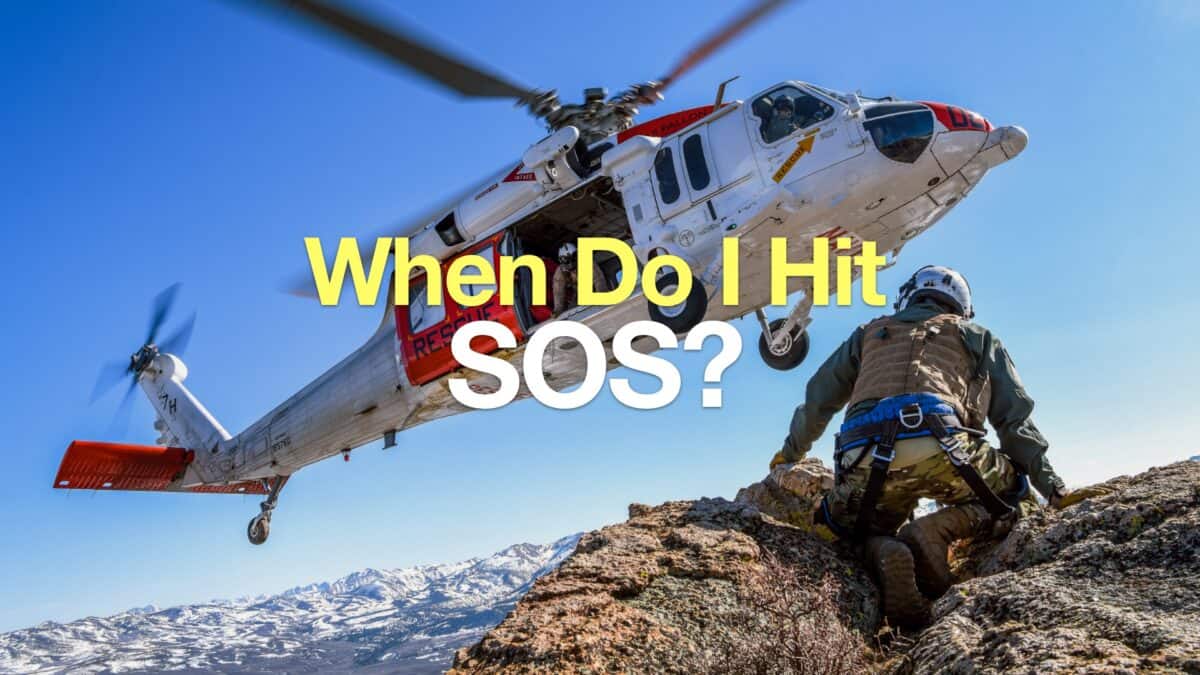 When to Hit SOS on inReach
When to Hit SOS on inReach